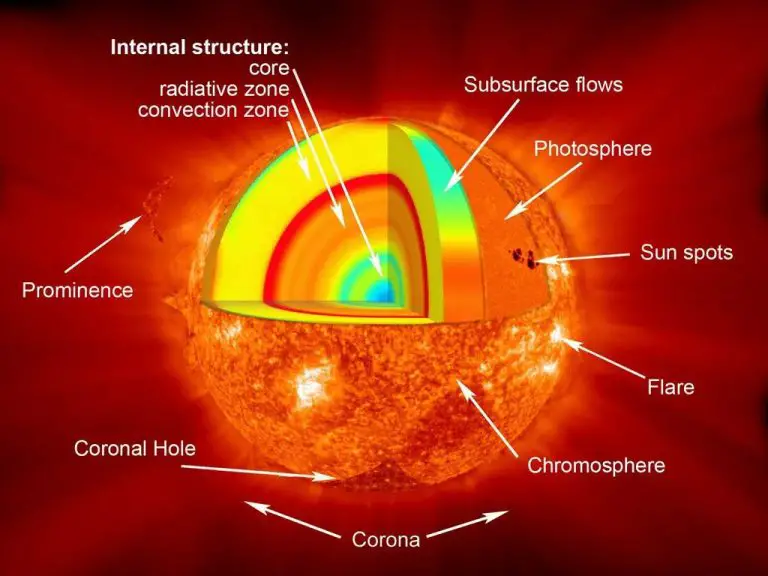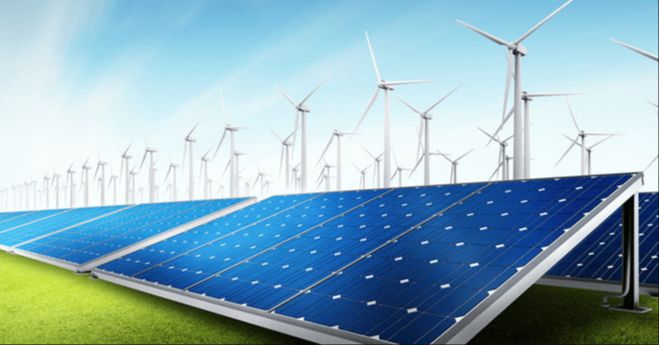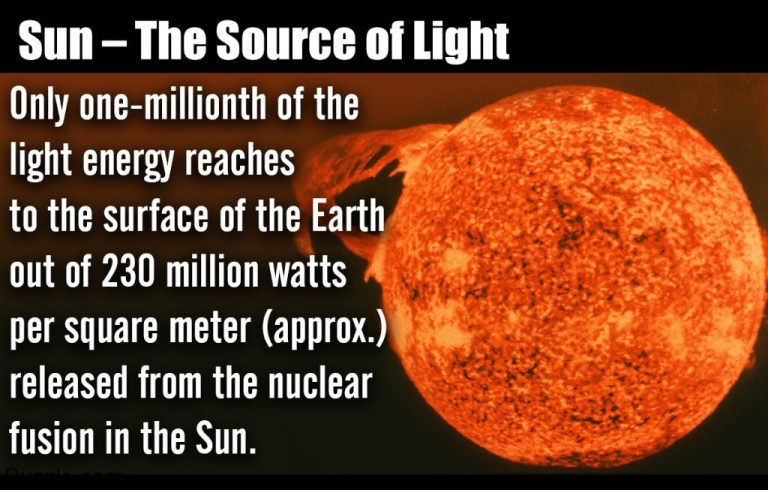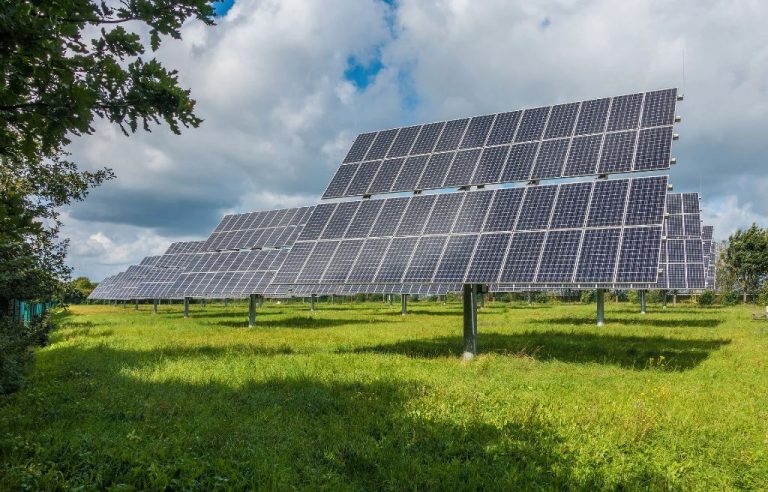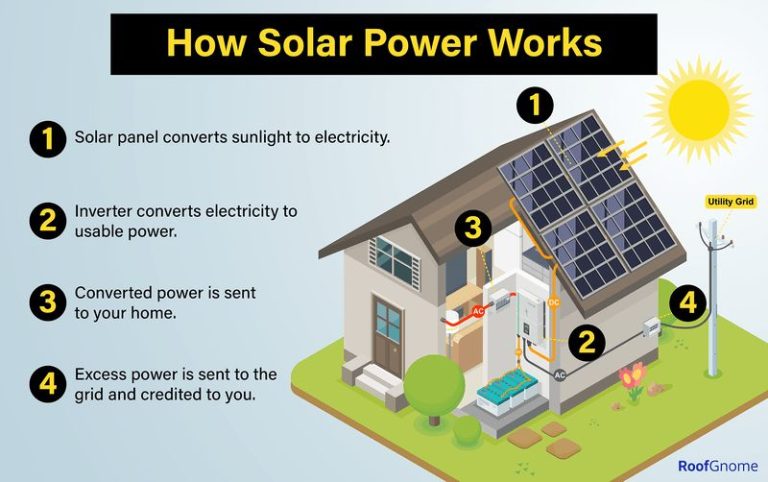Why Solar Energy Is Not Completely Green?
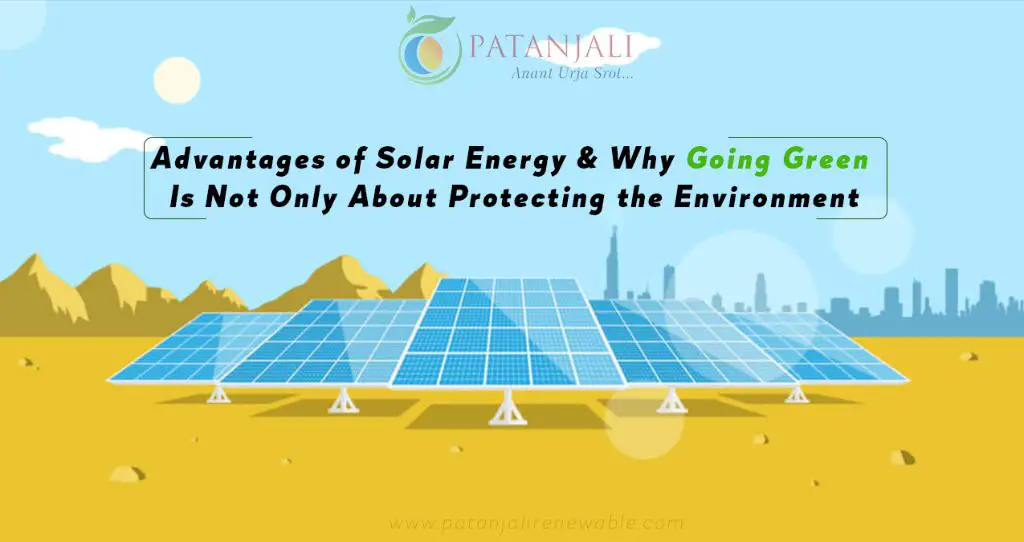
Solar energy has often been touted as one of the cleanest and greenest renewable energy sources. The idea of harnessing energy directly from the sun to generate electricity without any air pollution or greenhouse gas emissions seems like an ideal sustainable solution. However, while solar energy has many benefits over fossil fuels, recent research has shown that solar panel production and operations may not be as “green” as commonly assumed.
This article will examine some of the environmental impacts of solar technology and discuss whether solar power can truly be considered a completely “green” energy source given current manufacturing processes and disposal issues. Both the advantages and disadvantages of solar energy will be explored to provide a balanced perspective.
Manufacturing Process
The manufacturing of solar panels involves the use of some toxic materials. Most solar panels today are made up of silicon cells. Producing these silicon cells requires materials like silicon tetrachloride, a highly toxic substance that can damage the lungs if inhaled [1]. Another common solar panel material is cadmium telluride, which contains the heavy metal cadmium. Cadmium is a carcinogen and its compounds are highly toxic. Exposure can lead to lung, kidney, and bone damage [2]. Some manufacturers are also using copper indium gallium selenide solar cells. Selenide compounds are acutely toxic if ingested or inhaled [3]. While many of these substances are sealed within the panels during manufacturing, there are worker and environmental safety issues involved in producing the toxic components and working directly with them.
Materials Used
Solar panels are made from a variety of materials that are extracted from the earth through mining and industrial processes. Here are some of the key materials used:
Silicon is one of the main ingredients used to create solar cells that convert sunlight into electricity. Polycrystalline silicon and monocrystalline silicon are commonly used. Silicon is extracted from quartz through an energy intensive process.
Cadmium telluride is used in thin-film solar panels. It is a compound of cadmium and tellurium metals that is layeres onto glass or plastic. Cadmium is a toxic heavy metal that requires safe disposal.
Glass sheets made from processed silica provide structural support and protect the solar cells. Aluminum is used for panel frames.
Silver, copper and tin are used for interconnections and wiring between the silicon solar cells.
Water Usage
The manufacturing process for solar panels uses a significant amount of water. According to How the Solar Panel Manufacturing Process Is Going Green, a single semiconductor manufacturing facility can use up to 5 million gallons of water per day, which equates to nearly 2 billion gallons per year. The water is used for cleaning and rinsing the semiconductor wafers and other components.
Most of this water usage occurs during the purification process, when the silicon is cleaned. The River Network’s 2012 paper cited by PBSSocal estimates that 2 gallons of water are used directly in photovoltaic power generation for every 1 kWh of electricity produced when factoring in panel washing. While solar panel manufacturers are looking for ways to reduce water usage, the purification process currently requires large volumes of ultra-pure water.
Disposal Issues
One of the biggest concerns with solar panels is what happens to them at the end of their usable lifespan, which is typically around 20-30 years. Solar panels contain many materials that could contaminate groundwater if disposed of improperly, such as lead, cadmium, and other toxic heavy metals [1]. Despite this risk, many solar panels still end up in landfills when decommissioned.
The difficulties associated with solar panel recycling relate to the complete integration of the solar panel parts that form the entire system. Solar cells, metal framing, wires, and glass are fused and laminated together in a sturdy package [2]. Separating these components requires expertise and specialized equipment. Facilities capable of solar panel recycling are limited. Transporting old panels long distances to recycling centers reduces the net environmental benefit.
Land Usage
Solar farms require significant amounts of land in order to generate electricity at scale. According to the Solar Energy Industries Association (SEIA), utility-scale solar power plants require between 5 and 10 acres per megawatt (MW) of generating capacity (https://www.seia.org/initiatives/land-use-solar-development). For example, a 100 MW solar farm would require 500 to 1,000 acres of land. Pivot Energy estimates that each direct current (DC) megawatt requires approximately five acres of buildable land (https://www.pivotenergy.net/blog/solar-farm-land-requirements).
While solar panels themselves have a small footprint, there needs to be sufficient spacing between the rows of panels to avoid shading and allow access for maintenance. In addition, the land around the solar arrays is often left natural to provide wildlife habitat. Large solar farms can cover hundreds or thousands of acres of open land.
Critics argue that solar farms take up valuable agricultural land or habitats. However, studies show that a majority of solar farms are sited on marginal lands with low economic value, such as abandoned mines or contaminated sites. Proper siting and dual-use for grazing livestock can reduce the land impact of solar.
Carbon Emissions
While solar energy produces minimal emissions during operation, there are significant carbon emissions associated with manufacturing solar panels. According to a NREL lifecycle analysis, solar panel production accounts for 45% of life cycle emissions. This includes emissions from raw material extraction, solar cell and module production, and balance of system component manufacture.
Polysilicon production, which involves refining silicon from silane gas, is the most energy-intensive solar panel manufacturing process. Transporting raw materials and finished solar panels also contributes to emissions from trucks, ships, and planes. Installation and decommissioning require fossil fuel burning vehicles and equipment as well.
However, a typical solar panel can offset its carbon footprint within 1-4 years of operation through clean electricity generation. And with an estimated lifespan of 25-30 years, a panel can avoid over 20 times more emissions than were created during manufacturing and installation.
Alternatives
There are some greener renewable energy alternatives that are less resource intensive than solar panels. These include:
Wind power uses turbines to generate electricity from wind. Wind turbines don’t require mining for materials and don’t consume water like solar panel manufacturing does. However, wind turbines require large amounts of land and can impact local wildlife (UN, 2022).
Hydropower from dams converts the energy of flowing water into electricity. It’s a very efficient renewable source that relies on the water cycle rather than intensive manufacturing. However, large hydropower projects can disrupt river ecosystems (NRDC, 2018).
Geothermal energy harnesses heat from inside the earth to produce steam to drive turbines. It’s considered renewable since the heat is continuously produced. Geothermal plants require digging wells but have a small physical footprint compared to solar farms (GreenMatch, 2023).
Improvements
There are ongoing efforts to make solar panel manufacturing and operations more eco-friendly. Some innovations that can help reduce the environmental impact of solar energy include:[1]
- Using thinner silicon wafers which require less energy to produce
- Developing organic solar cells that don’t require silicon or other potentially toxic materials
- Creating solar panels that can be easily repaired and recycled instead of discarded
- Designing solar farms that integrate agricultural uses like grazing livestock
- Installing solar panels on existing rooftops and structures to minimize land usage
Research is also looking into how to extend the lifespan of solar panels to 30 or 40 years instead of 20-25 years. This reduces the frequency of manufacturing and waste disposal over time. Overall, the solar industry is actively working to increase efficiency and sustainability as adoption expands globally.[2]
Conclusion
In summary, while solar energy is not completely green yet, it has the potential to become much more sustainable in the future through improvements in manufacturing, materials, disposal, and reducing land and water usage. Solar energy produces no emissions during operation, which is a major benefit over fossil fuels. But the manufacturing process, components, and disposal can still have environmental impacts. With advances in technology and responsible practices, solar can become an increasingly green energy source. The solar industry is actively working to improve the sustainability of solar panels through recycled materials, better disposal and recycling methods, and more efficient designs that use less raw materials. While not perfect yet, solar energy represents one of the best paths forward for clean, renewable energy to meet the world’s growing electricity demands.

